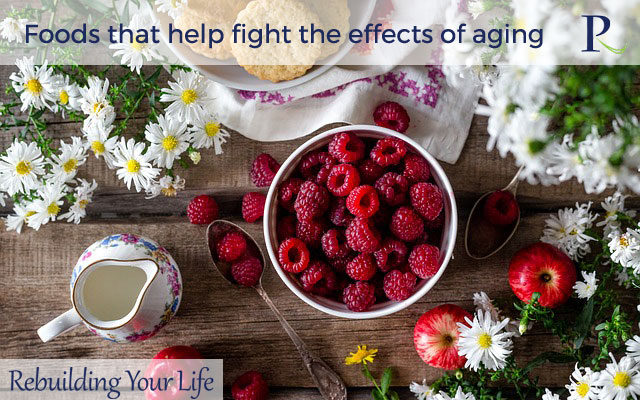There is a class of foods called “Superfoods” because of the high levels of nutrients they contain. Many of these foods have already been mentioned in Diseasesless, but here they are again! This time we will list them in slightly different categories, emphasizing their effect on oxidative stress as well as on inflammation.
Antioxidant Superfoods
Examples of superfoods that are high in anti-oxidants are any food that contains flavenoids—these give foods their bright colors or carotenoid terpenoids. The carotenoid terpenoids are the yellows and oranges while the flavenoids are the reds and purples.
Examples include:
- Blueberries
- Cranberries
- Blackberries
- Raspberries and all the other brightly colored berries.
- Red and black beans, pinto beans
- Artichokes
- Fruits such as oranges (rich in Vitamin C), apples, pineapple, papaya, tomatoes,prunes and cantaloupe.
- Dark and leafy green vegetables (spinach, collard and mustard greens, Swiss chard)
- Peppers
- Asparagus
- The cruciferous vegetables (which have been shown to lower the risk of some cancers) which include broccoli, cauliflower and Brussel sprouts.
- Nuts such as pecans, walnuts, Brazil nuts and almonds
Remember that with all these anti-oxidant superfoods, you are also getting a super source of vitamins and minerals as well.
Other benefits
On top of the vitamins and minerals, some of the flavonoids have other benefits.
Quercitin and a related substance, rutin, can help with common allergies to pollen, ragweed, dust mites and our furry friends, dogs and cats. Quercitin is found in high levels in capers, various leaf plants like sorrel, fennel and radicchio, grains (e.g.buckwheat) and all sorts of berries like cranberries, blueberries and bilberries.
Catechins, a type of polyphenol, are found in green tea, cocoa (chocolate), acai, bananas, apples and other fruits, barley and rhubarb. A number of studies has shown that catechins decrease the formation of atherosclerotic plaques (decreases the risk of hardening of the arteries), inhibits the formation of tumors in lab animals, normalizes the levels of lipids (fats) in the blood, acts as a potent anti-oxidant and normalize blood sugar levels. It also increases the average lifespan of some lab animals and protects the brains of lab mice from the effects of a stroke.
The anthocyanidins are the blue/purple pigments are potent anti-oxidants and are likely part of the answer to the “French Paradox”—the irony that many of the French people eat foods high in fat, smoke and drink, yet they have lower than expected rates of heart disease. The anthocyanidins, found in red wine among other foods and beverages, are associated with a decreased rate of heart disease, stroke and cancer. They are also potent anti-inflammatory agents.
Phytosterols (plant sterols) have been approved for use in the US, Europe and Canada to decrease the absorption of cholesterol from food, and to lower the risk of heart disease. The phytosterols may also decrease the risk of certain cancers. Nuts are some of the richest sources of phytosterols, but these substances can be found in grains, vegetables, fruits and berries as well.







